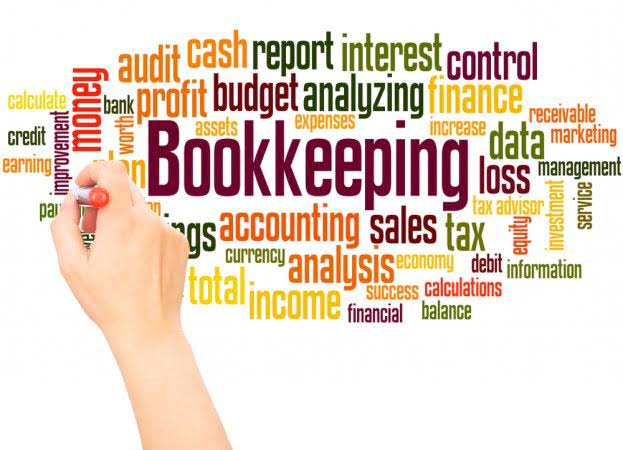
Unlike shareholder equity, private equity is not accessible to the average individual. Only “accredited” investors, those with a net worth of at least $1 million, can take part in private equity or venture capital partnerships. For investors who don’t meet this marker, there is the option of private equity exchange-traded funds (ETFs). As part of its 2024 annual report, Apple reported $56.95 billion of shareholder equity, down from $62.1 billion the year prior. This value was made up of common stock and additional paid-in capital.
Example of the Total Equity Calculation
The liabilities to be aggregated for the calculation are accounts payable, accrued liabilities, short-term debt, unearned revenue, long-term net sales debt, and other liabilities. All of the asset and liability line items stated on the balance sheet should be included in this calculation. OceanWave Surfboards Co. has a total equity of $700,000, meaning the owners have a claim of $700,000 on the company’s assets after all liabilities are paid off.
Calculating Total Equity
- Yes, total equity can change due to various factors, including profits, losses, dividends, asset revaluation, or issuance/repurchase of shares.
- When making investment decisions, the average total equity is a valuable indicator of a company’s financial resilience and long-term value creation potential.
- OceanWave Surfboards Co. has a total equity of $700,000, meaning the owners have a claim of $700,000 on the company’s assets after all liabilities are paid off.
- Investors should monitor changes in total equity over time to gain insight into a firm’s financial stability and growth potential.
- The company also reported an accumulated other comprehensive loss of $7.2 billion.
- Other factors should also be considered when determining assets.
A positive total equity figure indicates potential growth and profitability, while negative equity might signal financial distress. While high equity generally signifies stability and strength, low equity can be a sign of risk, though in some cases it might indicate an aggressive growth strategy. Average total equity can influence decisions ranging from strategic corporate maneuvers to individual investment choices. Its calculation and analysis are therefore essential skills for those involved in assessing company performance and potential. A company’s equity position can be found on its balance sheet, where there is an entry line for total equity on the right side of the table.

Why Is Company Equity Important?
Private equity generally refers to such an evaluation of companies that how to calculate total equity are not publicly traded. The accounting equation still applies where stated equity on the balance sheet is what is left over when subtracting liabilities from assets, arriving at an estimate of book value. Privately held companies can then seek investors by selling off shares directly in private placements. These private equity investors can include institutions like pension funds, university endowments, insurance companies, or accredited individuals.
It is important to note that these factors interact with each other and can have complex relationships. For example, an increase in liabilities may be offset by a significant increase in revenue or assets, resulting in a positive impact on equity. Once you finish these steps, you will have an understanding of all the company’s assets.

An LBO is one of the most common types of private equity financing and might occur as a company matures. In the stock market, shareholders’ equity (or owners’ equity for privately held companies), represents the difference between a company’s assets and liabilities. If all of the company’s assets were liquidated and used to pay Bakery Accounting off debts, the shareholder’s equity is the amount that would be left over. In the case of an acquisition, it is the value of company sales minus any liabilities owed by the company that are not transferred with the sale.

Example of Company Equity
The $66.8 billion value in company equity represents the amount left for shareholders if Apple liquidated all of its assets and paid off all of its liabilities. There is likely also to be value in the company’s goodwill and brand equity. When two firms merge, assets and liabilities are combined, creating a new equity structure. When one buys the other, total equity may go up or down depending on factors like goodwill and intangible assets.


You could also consult an accountant or financial expert for guidance. Other factors should also be considered when determining assets. For example, certain industries may have special types of assets to evaluate. Proper documentation and accurate valuation are an essential part of this process for precise calculations. Home equity is roughly comparable to the value contained in homeownership. The amount of equity one has in their residence represents how much of the home they own outright by subtracting from the mortgage debt owed.